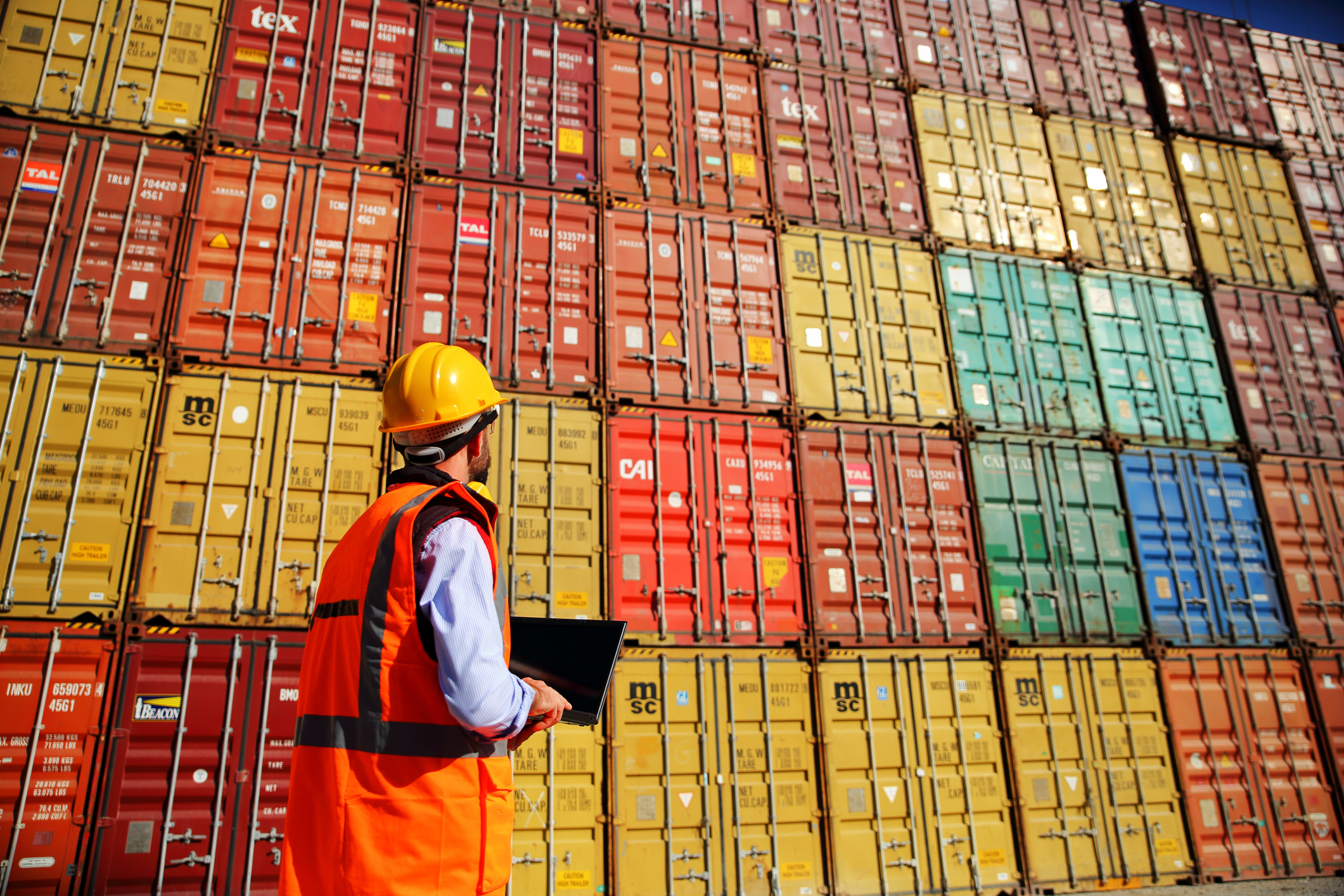The journey of a fitness watch
Joan was recently diagnosed with type 2 diabetes. Her doctor has recommended 150 minutes of moderate physical activity a week, and she wants to make exercise a part of her daily routine. She thinks a smartwatch that could track her fitness would help her get her health back on track. She weighs her watch options and makes her decision. Then she goes online and orders her watch.
Manufacturing
The watch begins its journey in a high-tech factory in Asia. Production there is efficient and precise, where quality control experts test each device to make sure it’s up to their rigorous standards and specifications. They play a critical role in maintaining product quality and customer satisfaction.
Procurement
In the meantime, a procurement manager at the company’s headquarters negotiates contracts for the next batch of raw materials needed to manufacture their watches, ensuring the supply chain remains uninterrupted.
Warehousing
Once manufactured, Joan’s watch is shipped to a central warehouse where warehouse workers carefully log it into the facility and store it away until it’s needed. They use advanced warehouse management systems to track their stock levels and ensure orders can be promptly fulfilled.
Transportation
Logistics coordinators keep track of orders and make sure they get the right products to the right regional warehouses to keep up with consumer demand. That way, when someone orders a watch online, they’ll be able to get it promptly. Smart logistics coordinators use load planning software to make sure they’re packing efficiently.
A truck driver picks up the watch—along with a whole pallet of product—from the warehouse and delivers it to the regional distribution center for easy access.
Customs and compliance
When a fitness watch is shipped internationally, customs brokers handle the necessary paperwork and ensure that the shipment complies with international trade regulations, avoiding delays and fines at the border.
Distribution
The shipment reaches the distribution center where inventory managers check and store the fitness trackers and make sure they’re ready to go for final delivery. They’re responsible for managing stock levels to ensure they can meet demand without having to store excessive surplus. Retail store orders are processed here, and maintenance technicians ensure that all conveyor belts, forklifts, and other equipment are in top working condition to avoid disruptions.
Customer order
The stage is set, and Joan clicks Buy, unaware of the process she sets in motion. She expects the watch to be delivered in a few days, and she can’t wait to get started.
Order processing
The order comes in and alerts the warehouse team. Pickers go through their list and collect the watch from the shelf, navigating the vast aisles and efficiently gathering everything needed to complete their lists and fulfill each order. Their job requires speed, accuracy, and a good understanding of the warehouse layout to minimize the time it takes to gather each product.
Packing and quality assurance
Packers take over from here. They’ll inspect the products for any external damage to ensure Joan receives her watch in pristine condition. Then they carefully box up the watch, adding protective materials to prevent damage during transit, and seal the package with a shipping label.
Throughout this phase, supply chain managers oversee the entire process, coordinating between different teams, troubleshooting any issues that arise, and ensuring that the orders are processed, packed, shipped, and delivered on time. They work behind the scenes, often unnoticed, to ensure the seamless flow of goods from the distribution center to the end consumer.
Shipping and handling
With the packages ready, the carriers take over. Carriers are logistics companies responsible for transporting goods from the distribution center to various destinations. They load the parcels onto different transportation vehicles, depending on the delivery routes and destinations. Carriers play a pivotal role in managing the logistics of transportation, ensuring that the smartwatches are shipped in the most efficient and cost-effective manner.
It’s a good idea here to find a multi-carrier shipping solution like EasyPost to help with discounted shipping, address verification, and more. High-volume shippers may use a solution like EasyPost Enterprise to tap into sub-second shipment processing, configurable business rules, low code/no code functionality, and awesome support.
Last Mile Delivery
The journey culminates with the last mile delivery workers, who are responsible for the final leg of the shipment’s journey. These delivery agents navigate local roads, face traffic conditions, and work against time to deliver Joan’s fitness watch directly to her doorstep. Their role is critical in achieving customer satisfaction, as they directly interact with consumers and represent the final touchpoint in the supply chain.
Package delivered
Thanks to the many unsung heroes of the global supply chain—those mentioned here and countless others—Joan receives her watch, and she’s now ready to start her fitness journey and get on with her life. So are the countless others who rely on the supply chain to keep their lives running smoothly. It takes a whole community to keep things moving where they need to go, and if you’re part of that community, we thank you!
Need to plan your loads to maintain your competitive edge? Download Cube-IQ today and take it for a test drive!



